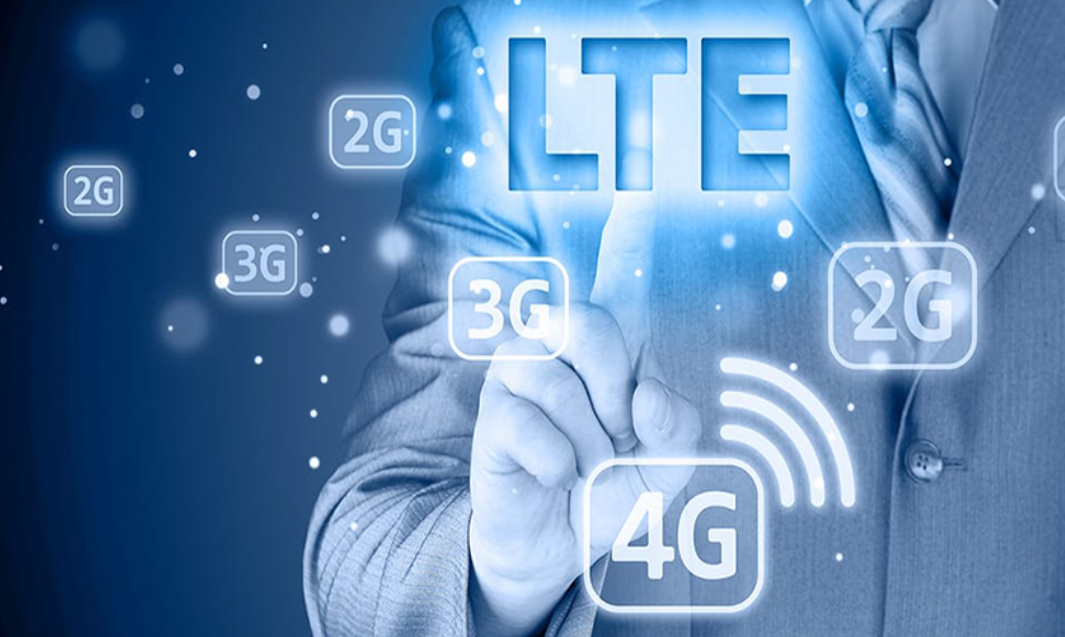SEARCH
— 葡萄酒 | 威士忌 | 白兰地 | 啤酒 —
— 葡萄酒 | 威士忌 | 白兰地 | 啤酒 —

LTE (Long-Term Evolution) represents the charm of fourth-generation wireless communication technology. As an extension of 3G technology, LTE aims to achieve high data transmission speeds and ultra-low response times. The introduction of 5G networks, however, marks the beginning of the fifth generation of wireless communication technology, further enhancing the high speed, low latency, and massive capacity that LTE has built. Undoubtedly, 5G networks will profoundly reshape our daily lives, driving innovation and development in fields such as the Internet of Things (IoT) and smart cities.
When comparing performance, LTE and 5G networks show significant differences.
The application scenarios of LTE and 5G networks differ significantly. LTE focuses on traditional communication services such as mobile broadband and voice calls and has become the mainstream technology in devices like smartphones and tablets. In contrast, 5G emphasizes emerging industries such as IoT, smart manufacturing, and autonomous driving. Its potential lies in industrial interconnectivity and smart city development.

The arrival of the digital economy era has raised people’s expectations for communication technology. While the fourth-generation mobile communication technology, LTE, has become stable and widely adopted globally, the next-generation leader, 5G, has garnered significant attention from governments and enterprises, with large-scale commercial deployment accelerating worldwide.
Although LTE and 5G have different technical standards, they are not entirely separate. In the long term, LTE and 5G will gradually achieve technological integration and development. During the transition phase, shared spectrum resources and coordinated networking between LTE and 5G can enhance overall network performance.
From the perspective of wireless access, LTE and the evolution of wireless access networks are closely related and influence each other, jointly driving innovation in wireless communication technology. The evolution of wireless access networks spans from 2G, 3G, and 4G to the latest 5G networks, with LTE playing a critical role in this process.
In the future, LTE and wireless access networks will work closely together to lead advancements in the wireless communication field. With the rapid growth of mobile internet and increasing user demands for data transmission speed, latency, and connection density, LTE and access networks will continue to optimize and improve to meet these expectations.
In modern networking, routers are indispensable components, whether in home networks, enterprises, or industrial environments. However, industrial routers and consumer routers differ significantly in design, functionality, and use cases.
View detailsHello everyone, I'm Technical Support Engineer Wang from key-iot. As a veteran who has been working in the industrial router field for many years, clients often ask me: "Besides faster speeds, what other advantages do 5G industrial routers offer? ...
View detailsIn the global industrial communication sector, 3G technology was once a core wireless data transmission solution. However, with the rapid adoption of 4G LTE and 5G, the market share of 3G industrial routers has significantly declined in recent years.
View detailsCPE = Customer Premises Equipment, which is just fancy talk for customer-end devices - stuff like routers, modems, and wireless APs we use at home These devices are the first line of network security defense, basically like your front door - if th...
View detailsMo